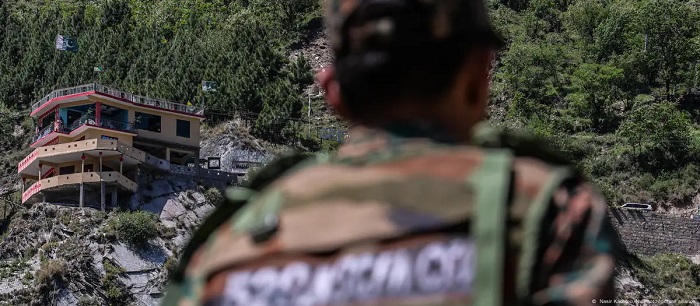
Indian General Upendra Dwivedi, India's army chief, has arrived in the city of Srinagar, about 90 kilometers (about 55 miles) from the site of Tuesday's attack.
The army chief is also visiting Kashmir after Indian and Pakistani troops exchanged fire along the border that separates the Kashmir region into Indian and Pakistani territories.
Syed Ashfaq Gilani, a senior government official in Pakistan-administered Kashmir, told AFP news agency that troops exchanged fire overnight.
"There is post-to-post firing in Leepa valley overnight. There is no firing on the civilian population. Life is normal. Schools are open," he said.
India’s army confirmed there had been limited firing of small arms that it said had been initiated by Pakistan, adding it had been "effectively responded to."
The union territory of Jammu and Kashmir and the union territory of Ladakh are both parts of Kashmir that are administered by the Indian government.
The two territories came to be in 2019, when the Indian government split what used to be the single state of Jammu and Kashmir into two territories.
In India, the term union territory is a type of administrative division directly governed by the federal government.
In the country, states have their own governments. Currently, India has 28 states and 8 union territories.
But, there's a caveat — the union territory of Jammu and Kashmir was created with a legislative assembly according to the act of 2019. Ladakh does not have a legislature.
This means that the leader of Jammu and Kashmir is an elected official, Omar Abdullah. But his government is still largely powerless since it runs a union territory.
Manoj Sinha, the lieutenant governor of the union territory of Jammu and Kashmir, who represents the central government, has significant executive powers, especially over police and public order.
The head of the union territory of Ladakh is BD Mishra, who is the lieutenant governor.
New Delhi, the capital, and Puducherry, are the only other territories that have their own legislative bodies.